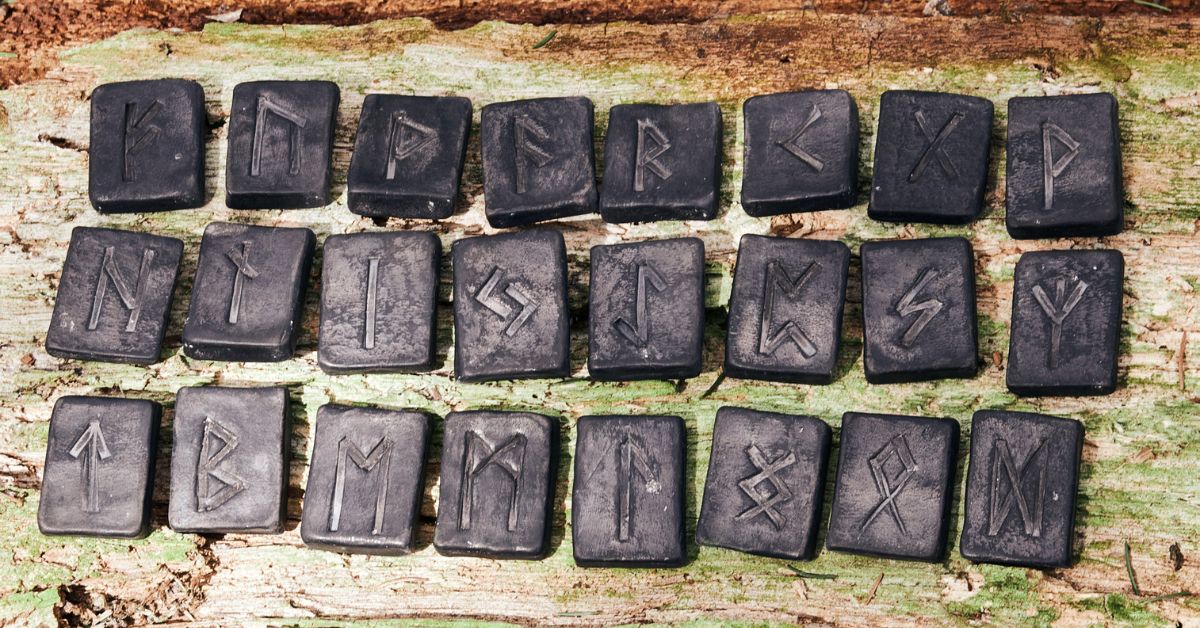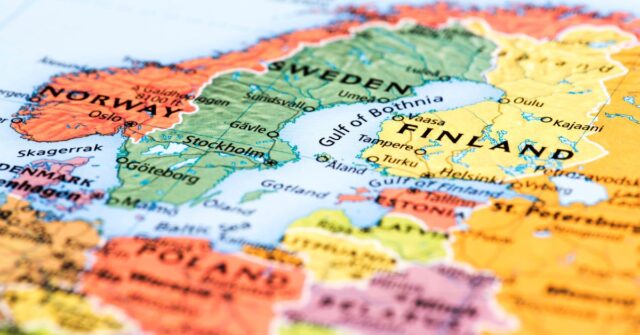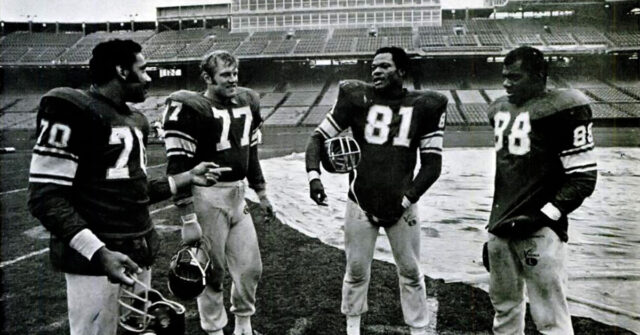The Viking Age left an indelible mark on many aspects of Scandinavian culture, especially its languages.
This blog post delves into the profound influence of the Vikings on the languages of Scandinavia, examining the evolution of Old Norse, the cultural and mythological impacts, and the enduring legacy in modern languages.
Introduction to Viking Influence on Language
The Vikings were seafaring Norse people from Southern Scandinavia (present-day Denmark, Norway, and Sweden) who raided, traded, and settled across wide areas of Europe from the late 8th to early 11th centuries.
Their influence is evident in the languages, literature, and cultures of the regions they touched.


Who Were the Vikings?
The Vikings were skilled navigators and fierce warriors known for their longships and exploratory nature.
They spoke Old Norse, a North Germanic language that significantly impacted the languages of the regions they settled in.
The Significance of the Viking Age
The Viking Age, spanning roughly from 793 AD to 1066 AD, was a period of extensive expansion and cultural exchange.
The Norsemen’s travels and settlements spread their language and customs far and wide, laying the groundwork for significant linguistic changes in many regions.
Introduction to Old Norse
Old Norse was the language spoken by the Vikings.
It belonged to the North Germanic branch of the Germanic languages and served as the linguistic foundation for modern Scandinavian languages like Icelandic, Faroese, Norwegian, Danish, and Swedish.
The Evolution of Old Norse
Old Norse evolved over centuries, influenced by the Vikings’ interactions with other cultures and the natural linguistic shifts within Scandinavian society.
The Phonology of Old Norse
Old Norse had a rich phonological system with distinct vowel and consonant sounds. The language featured long and short vowels, diphthongs, and a variety of consonant clusters.
The stress was typically on the first syllable of words, a trait still seen in modern Scandinavian languages.
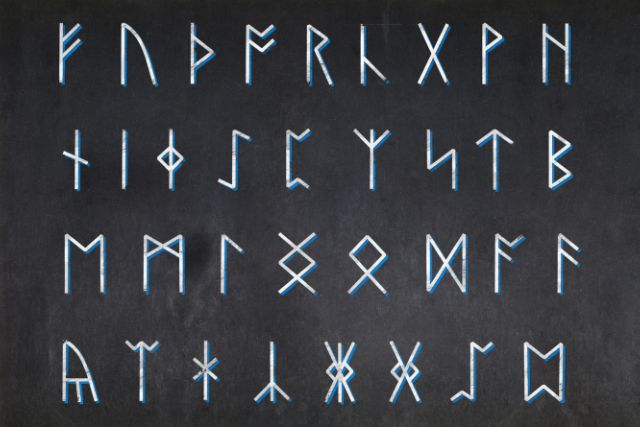

Grammar and Syntax of Old Norse
Old Norse was highly inflected, using endings to indicate grammatical roles.
It had four cases (nominative, accusative, genitive, and dative), two numbers (singular and plural), and three genders (masculine, feminine, and neuter).
Its syntax was relatively flexible due to its inflectional nature, although the basic word order was subject-verb-object.
Common Vocabulary in Old Norse
Old Norse vocabulary was rich and varied, with many words describing everyday life, nature, and social roles.
Words like “hus” (house), “skip” (ship), and “konungr” (king) highlight the daily and societal aspects of Viking life.
Runes and Their Role in Viking Communication
Runes were the writing system of the Vikings, used for various purposes from mundane messages to magical inscriptions.
The Runic Alphabet: Elder and Younger Futhark
The Elder Futhark, used from the 2nd to 8th centuries, consisted of 24 runes. It was later simplified to the Younger Futhark, with only 16 runes, reflecting changes in Old Norse phonetics.
These runes were used in inscriptions across Scandinavia and other Viking-influenced regions.
Runic Inscriptions and Their Meanings
Runic inscriptions have been found on stones, metal objects, and wood. They range from memorial inscriptions to markers of ownership and even cryptic magical messages.
Famous examples include the Jelling stones in Denmark, which detail the conversion of the Danes to Christianity.
The Magical and Mystical Aspects of Runes
Runes were believed to possess magical properties. They were used in charms, amulets, and other objects intended to bring good fortune, protection, or victory in battle.
The mystical significance of runes is a testament to the spiritual beliefs of the Vikings.
Cultural and Mythological Influences
The rich mythology and social structure of the Vikings profoundly influenced their language, embedding it with terms and expressions rooted in their cultural practices and beliefs.
Social Structure and Language Use
The hierarchical nature of Norse society influenced language usage, with specific terms denoting social status and roles. Words like “thegn” (noble) and “karl” (free-born man) illustrate this stratification.
Norse Mythology and Its Linguistic Impact
Norse mythology, with its pantheon of gods and mythic tales, contributed numerous words and expressions to Old Norse.
Terms like “fylgja” (guardian spirit) and “ragnarok” (the end of the world) are direct references to Norse beliefs and stories.


Specific Mythological Terms and Their Origins
Many Old Norse words have roots in mythology.
For example, “troll” (mythical creature), “Yggdrasil” (the world tree), and “Mjölnir” (Thor’s hammer) are terms that have survived into modern Scandinavian languages, reflecting the enduring legacy of these myths.
Old Norse in Literature
Old Norse literature, particularly the sagas and Eddas, provides a window into the language, culture, and values of the Viking Age.
The Icelandic Sagas
The Icelandic sagas are prose narratives that recount the lives and adventures of Norse families and heroes.
These sagas are invaluable for understanding the Old Norse language and society. They blend historical events with legendary tales, providing both entertainment and insight.
The Eddas: Poetic and Prose
The Poetic Edda is a collection of mythological and heroic poems, while the Prose Edda, written by Snorri Sturluson, is a handbook on Norse mythology and poetics.
Both works are crucial for studying Old Norse language and literature.
Historical Inscriptions and Their Significance
Runestones and other inscriptions offer direct evidence of Old Norse. They provide insights into Viking beliefs, social structure, and historical events.
The Jelling stones and the Rök runestone are prominent examples of such historical records.
Transformation into Modern Scandinavian Languages
Old Norse evolved into the modern Scandinavian languages through centuries of linguistic and cultural changes.
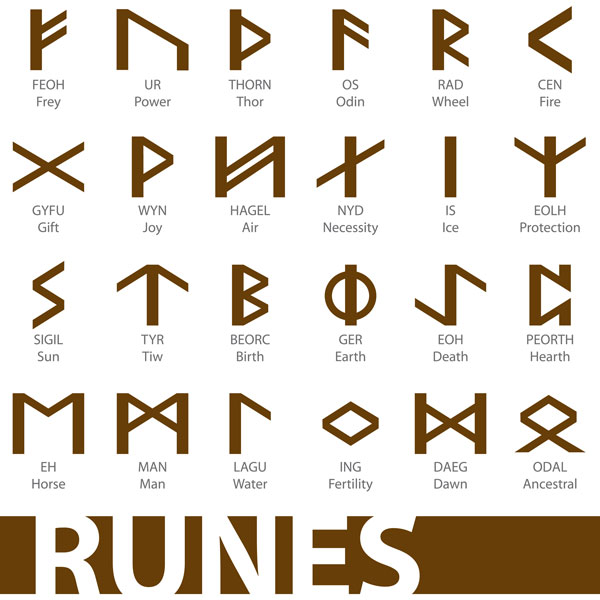

The Evolution Into Danish, Norwegian, and Swedish
Old Norse split into East Norse (leading to Danish and Swedish) and West Norse (leading to Norwegian and Icelandic).
Each of these languages developed unique features while retaining the core elements of Old Norse.
Similarities and Differences Among These Languages
While Danish, Norwegian, and Swedish share a common origin, they have distinct phonetic, grammatical, and lexical features. Despite these differences, they remain mutually intelligible to a large extent.
The Role of Icelandic in Preserving Old Norse
Icelandic has retained many features of Old Norse, making it the closest modern language to the Viking tongue.
This preservation is due to Iceland’s relative isolation and the conscious efforts of its people to maintain linguistic purity.
Viking Influence on English and Other Languages
The Viking influence extended beyond Scandinavia, significantly impacting English and other languages due to Viking settlements and interactions.
Old Norse Borrowings in Modern English
Many common English words like “sky,” “egg,” “knife,” and even pronouns like “they” and “their” are derived from Old Norse.
These borrowings occurred during the Viking Age when Norse settlers interacted with the Anglo-Saxon population.
Impact on English Grammar and Syntax
Old Norse influenced English grammar, particularly in terms of word order and the simplification of inflectional endings.
This interaction helped shape Middle English, which later evolved into Modern English.
Examples of Norse Words in English
Words such as “berserk” (frenzied warrior), “ransack” (to plunder), and “slaughter” (to kill) highlight the Viking influence on English. These words often reflect the Vikings’ societal and cultural practices.
Modern Preservation and Revival of Old Norse
Efforts to preserve and revive Old Norse continue today, driven by academic interest and cultural pride.
Educational Resources and Learning Old Norse
Books, online courses, and university programs offer resources for learning Old Norse. Notable works include the “Old Norse-Icelandic” by Anthony Faulkes and various language reconstruction projects.
Efforts to Preserve Viking Linguistic Heritage
Scholars and enthusiasts work to preserve the Old Norse through translations, studies, and the promotion of its cultural significance.
Museums and cultural centers in Scandinavia also play a vital role in this preservation.
Old Norse in Modern Culture and Media
Old Norse continues to captivate modern audiences through various media. Films, television series, and books often feature Viking themes, bringing the language and culture to life.
Shows like “Vikings” and “The Last Kingdom” have popularized Viking history and language, sparking renewed interest in Old Norse.
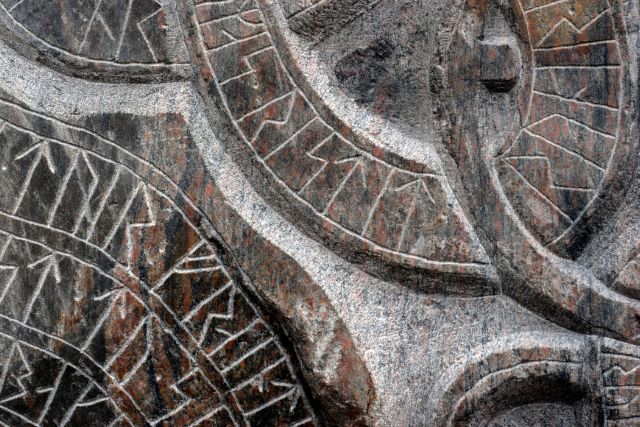

Conclusion
The Viking Age’s impact on Scandinavian languages is profound and enduring.
From the phonological and grammatical features of Old Norse to its rich vocabulary and cultural influences, the legacy of the Vikings remains a vital part of Scandinavian linguistic heritage.
Modern Scandinavian languages, as well as English, bear the marks of this influence, reflecting the Vikings’ far-reaching impact.
As interest in Viking history and culture continues to grow, so too does the appreciation for the linguistic contributions of these intrepid Norsemen.
The Lasting Legacy of Viking Language
Viking influence on language is a testament to their extensive travels and cultural exchanges.
The preservation of Old Norse in modern languages ensures that the legacy of the Vikings continues to be celebrated and studied.
Continuing Influence in Modern Scandinavia
In modern Scandinavia, the Viking legacy is evident not only in language but also in cultural practices, traditions, and national identity.
The influence of Old Norse is a cherished part of Scandinavian heritage, reflected in place names, literature, and everyday speech.
Future Directions for Viking Language Studies
Ongoing research and education efforts aim to deepen our understanding of Old Norse and its impact.
With advancements in technology and linguistics, the study of Viking languages and their legacy will continue to evolve, offering new insights and preserving this fascinating aspect of history for future generations.

